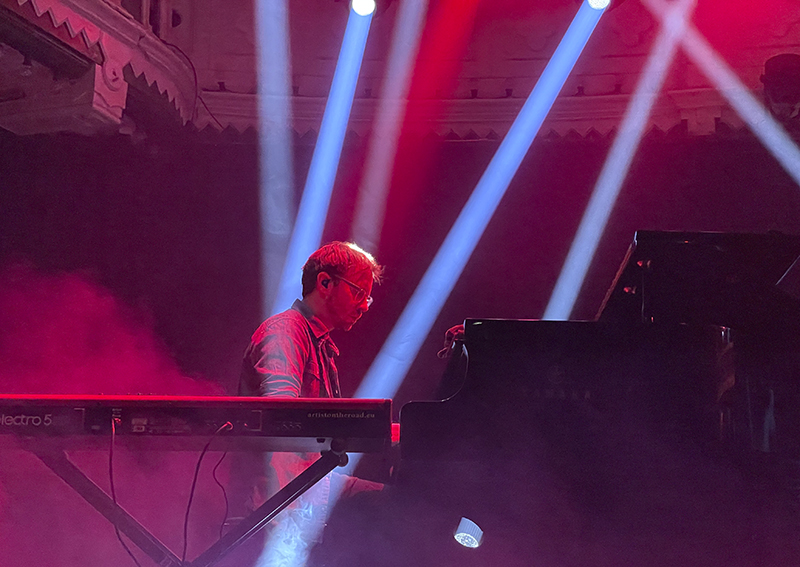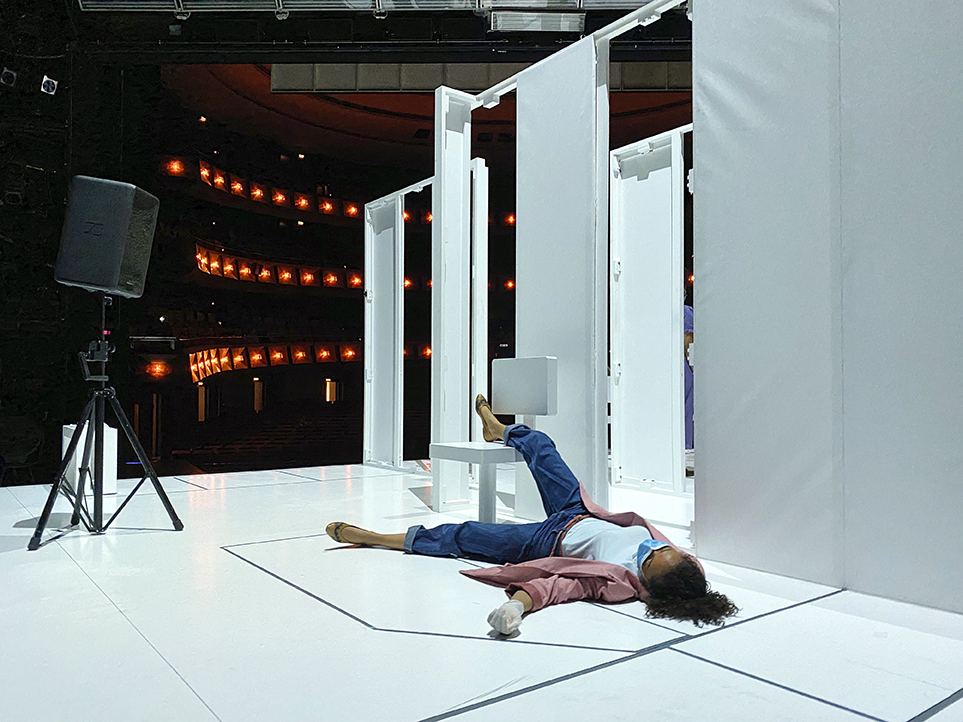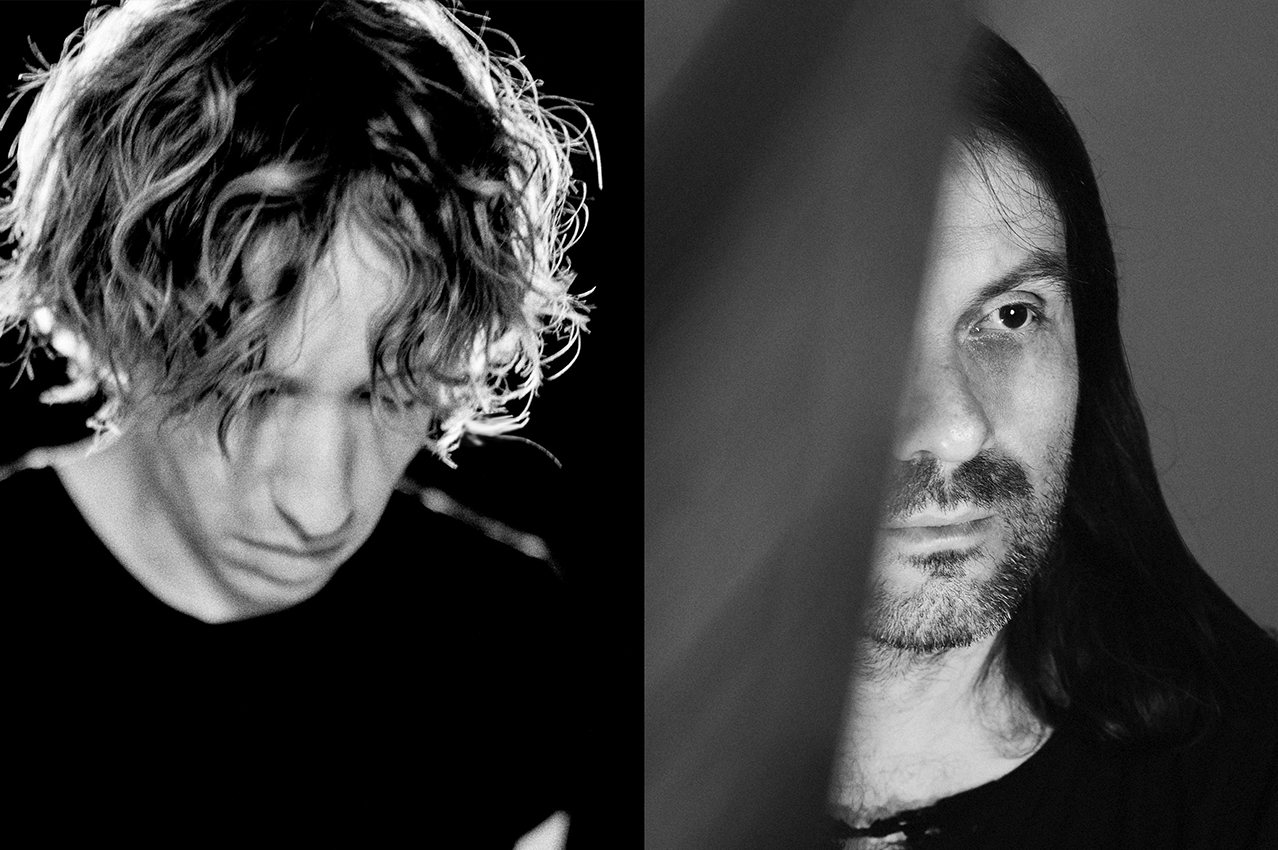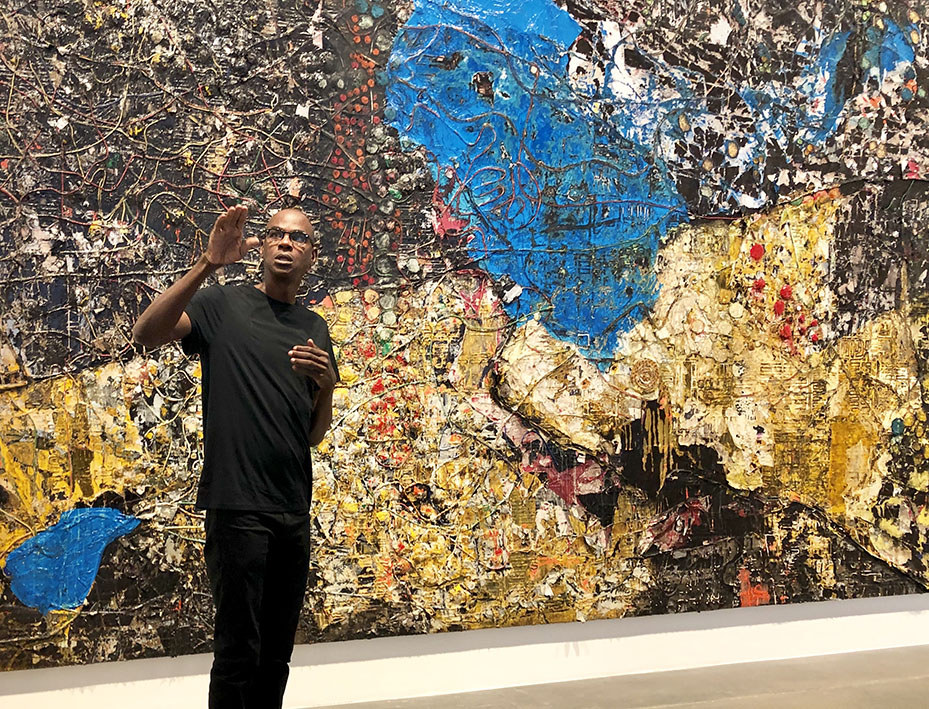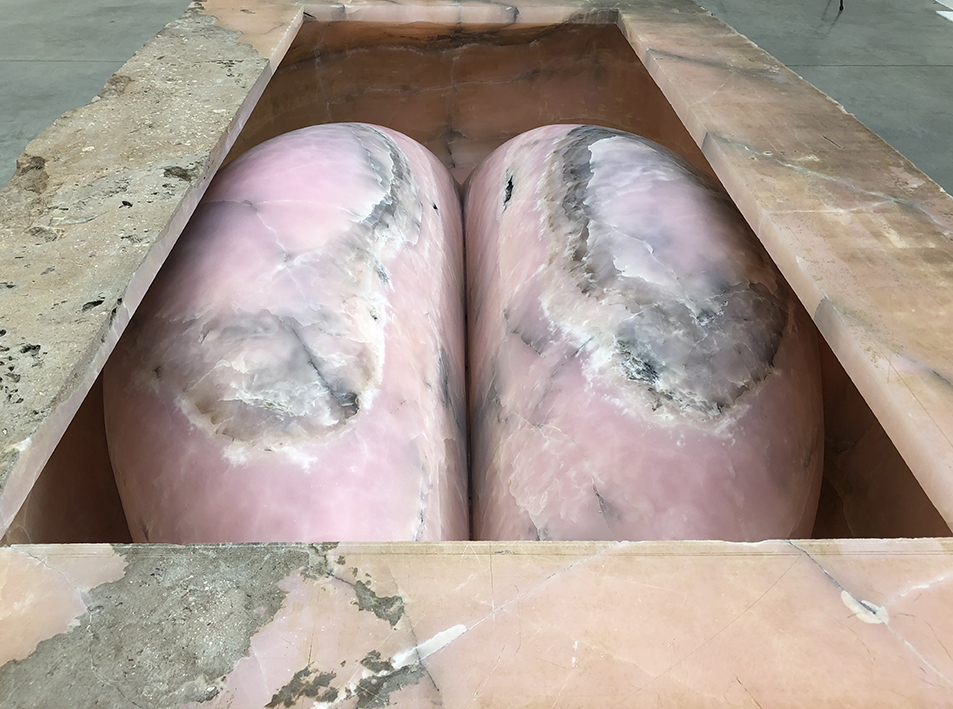
Art Fernando Rubio
At the Holland Festival, an actress invites you into bed to share a story on loneliness. An interview with Rubio on his work ‘Todo lo que está a mi lado’.
More and more artists become interested in creating art without producing an object such as a painting or a sculpture. They produce ‘immaterial’ art and offer the public a one-on-one experience with the artist or performer, where a transmission of energy takes place.
Great examples thereof have been Marina Abramovic’s performance ‘The Artist Is Present’ at the MoMA and Tino Sehgal’s ‘These Associations’ at the Tate Modern. Sehgal trained a group of people in sharing intimate life stories / experiences with the audience. People recount painful episodes in their lives or life changing events with the audience.
At the Holland Festival, the Argentine theatre maker, Fernando Rubio, offers an intriguing one-on-one experience. In ‘Todo lo que está a mi lado’ (Everything on my side), the public is invited, by an actress, to come into her bed. In a whispering voice she will share a poetical story about a feeling of loneliness that can suddenly overwhelm you. It would be a spoiler to share the text but with the first two opening sentences the actress immediately evokes a feeling of loneliness in you. She takes long pauses between the sentences as if she finds it difficult to share the story with you but also gives you time to reflect on what she says. She recounts the story with tear-filled eyes and sometimes holds your hand for solace. This intimate performance is not staged in a private setting but in public spaces, in Amsterdam, such as De Dam and Het Spui.
200% climbed into bed with Fernando Rubio to discuss his intriguing work.
 200%: Why did you want to stage such an intimate performance in a public environment, on the streets of a city and not in more private setting like a hotel room? What do you consider to be the added value?
200%: Why did you want to stage such an intimate performance in a public environment, on the streets of a city and not in more private setting like a hotel room? What do you consider to be the added value?
Fernando Rubio: The idea behind the work, to stage it in different spaces, is for the work to provide meaning to the space and for the space to provide further meaning to the work. Areas in nature, big cities or more intimate enclosed spaces can be suitable for this work. A hotel room, though, would be too recognisable. It would not allow the development of the estranged experience that the work proposes. A sense of mystery, a state of daydreaming will appear when the work is presented in an unexpected environment. I always seek to take objects out of their context in a way that we don’t expect. The hotel room and bed are closely associated to each other which doesn’t serve my idea.
200%: You wrote the text after you woke up early one morning as you were overwhelmed by a feeling of loneliness which took you back to the first time as a five year old when you felt lonely. Was this feeling related to a dream you just had?
FR: I think that we go through every moment of our lives when we wake up. Each time our presence is manifested, in every gesture, every movement that preceded us reappears. It’s a state that is lived again in our current condition and in our memory.
In this reconstruction every morning, every afternoon, every evening after sleeping, when we wake up, every day different images take in the most important places or presences in our minds. Sometimes it is a memory connected to a dream, sometimes a feeling, sometimes our surroundings or the people around us. It’s an acknowledgement that we come from a place far away when we open our eyes.
At that time, my dreams were very extreme, due to private circumstances that I was dealing with. I do not know what I was dreaming, but I do know that at that time my dreams were very disturbed.
 200%: What made you decide to create a performance from the experience of being overwhelmed by these feeling of loneliness?
200%: What made you decide to create a performance from the experience of being overwhelmed by these feeling of loneliness?
FR: When I write, I’m not thinking about the reasons why I write. I feel compelled to write, and the greater the feeling when approaching an idea, a new text, a new imagined landscape, then I know without a doubt, that this will be my new work, and that will not stop until it is performed in front of an audience.
200%: Were you with or without a partner in your life when you wrote the performance? Was that what might have (unconsciously) triggered this feeling of loneliness?
FR: At the time, I had different relationships. However, the feeling of loneliness is something that has accompanied me since childhood. It is not new to me, it is not a feeling of adulthood. It’s something that I have learned to live with. Sometimes it’s painful, but usually with reconciliation. Loneliness is a great transit. I enjoy being alone and I enjoy all of the deep feelings that allow me to learn more about myself.
200%: What will the actresses wear when in bed?
FR: Their own clothes, clothes in which they feel comfortable when in bed. I have some guidelines for colours, textures and style that I propose to all of the actresses. The colours of the clothes should be light and not too present.
200%: Why are they all women and not men?
FR: When I finished writing ‘Everything on my side’, I knew that it was the voice of a woman.
200%: Is there a feeling or a thought that you would like the visitor to take away from this with when she / he steps out of the bed?
FR: I would like to confront the viewer with many feelings at the same time. I think the moments that touch us are indecipherable moments, and therein lies the richness, that we cannot clearly explain what happened to us. It makes us feel vulnerable towards the notion of thoughts and words.
 200%: Not only you, but other artists like Marina Abramovic and Tino Sehgal are offering one-on-one performances. Do you have an explanation as to why intimate, personal, one-on-one art performances are increasing in popularity?
200%: Not only you, but other artists like Marina Abramovic and Tino Sehgal are offering one-on-one performances. Do you have an explanation as to why intimate, personal, one-on-one art performances are increasing in popularity?
FR: I think the artists who are committed to doing this type of work are looking for different forms of intensity. We are searching for sensations that challenge the intellect, that challenge the preconceived forms of inhabiting the state of commotion. Seeking connections and relationships between bodies by using the body, silence, words and different environments, developing concepts of increasing complexity, but at the same time, more synthetic, we know the value of the sacred act. I think that the popularity of this art form, lies in the constant search of artists and audiences to witness and become part of deeper connections through aspects of art related to the ritual [of performance].
Interview written and conducted by Thierry Somers
‘Todo lo que está a mi lado’, until 12/06 at various locations in Amsterdam.


